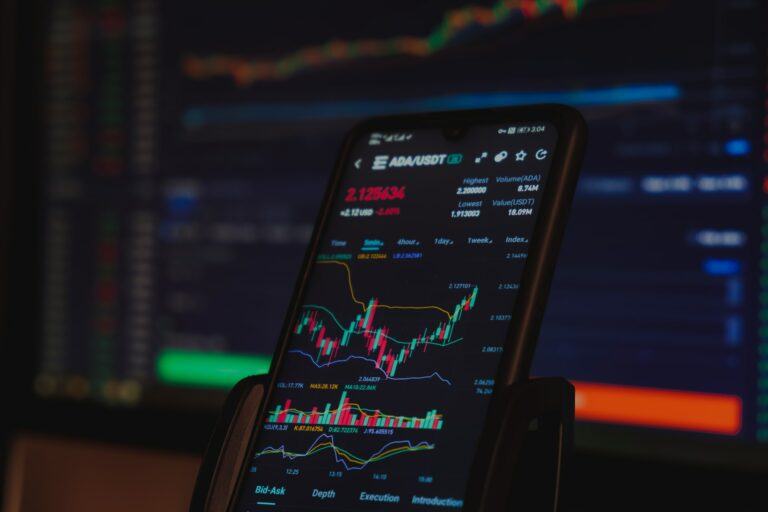A recently launched Cardano-based decentralized exchange called Minswap ($MIN), has seen its total value locked jump 400% in a week as the decentralized finance space on the $ADA network keeps moving up to new highs.
According to data from aggregator DeFiLlama, Minswap’s liquidity jumped from little over $9 million to over $45 million at the time of writing during its so-called Liquidity Bootstrapping Event (LBE), which is meant to allow the protocol to gain liquidity it owns as a means of revenue for its decentralized autonomous organization.
The protocol’s LBE has already entered its second phase, with the first one seeing community members supplying ADA to the protocol to receive in return “purrADA” tokens that they are now using to turn in to receive liquidity provider tokens for the MIN/ADA pool, which represent their share of the pool and its revenue.
A third phase of the event is set to start next week. In it, participants “will be able to stake those MIN/ADA LP tokens in a Yield Farming pool to earn MIN tokens. Notably, the contributions have allowed Minswap to be Cardano’s second-largest Defi protocol, behind SundaeSwap.
SundaeSwap is a “native, scalable decentralized exchange and automated liquidity provision protocol” that is backed by cFund, Alameda Research (a quantitative cryptocurrency trading firm and liquidity provider founded by FTX CEO Sam Bankman-Fried); and Double Peak Group (“a family office focused on investments in the digital asset and blockchain space”).
At the time of writing, SundaeSwap has a total value locked of $116 million, while Minswap is now at $45 million. The first usable DeFi application launched on Cardano, MuesliSwap, has $1.79 million in total value locked, after losing more than 50% of it in a month.
The price of ADA exploded last year ahead of the rollout of the widely anticipated Alonzo hard fork, which brought smart contracts into the network and allowed it to compete with the Binance Smart Chain (BSC), Ethereum (ETH), and Solana ($SOL).
The Alonzo hard fork is part of the network’s “Goguen” era, named after Joseph Goguen, an American professor of computer science from the University of California and the University of Oxford. The Goguen era comes after the Shelley phase, in which Cardano became a decentralized blockchain and community members became validators.
DISCLAIMER
The views and opinions expressed by the author, or any people mentioned in this article, are for informational purposes only, and they do not constitute financial, investment, or other advice. Investing in or trading cryptoassets comes with a risk of financial loss.
IMAGE CREDIT
Featured image via Unsplash









